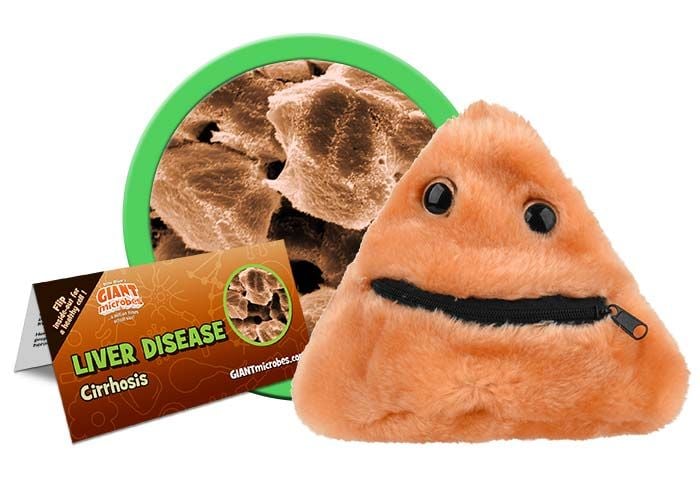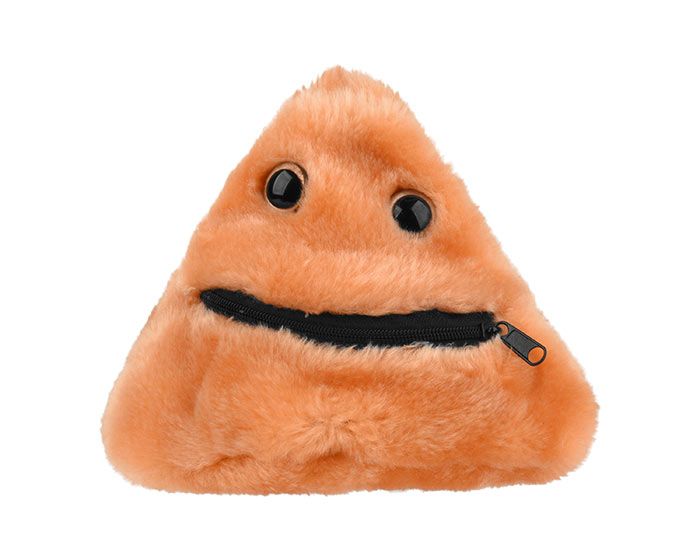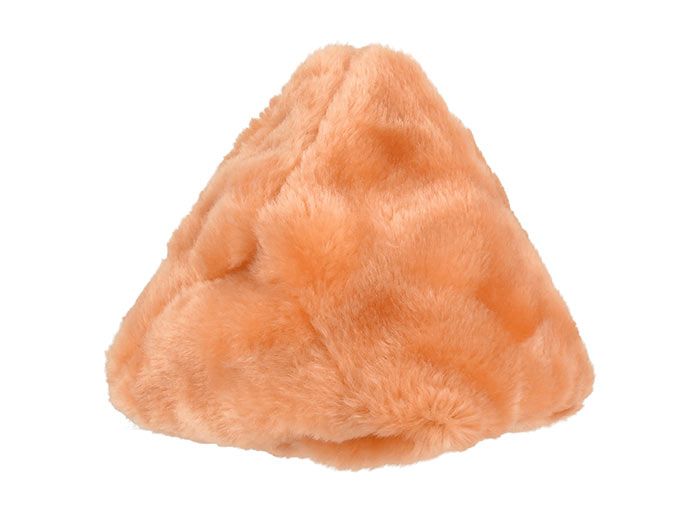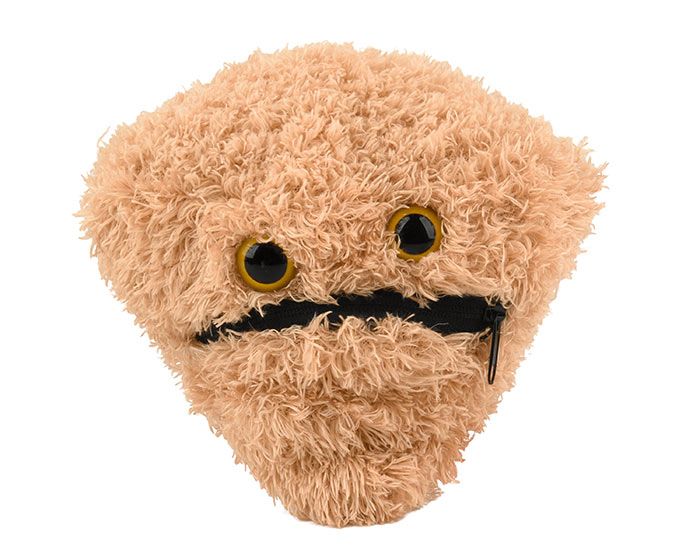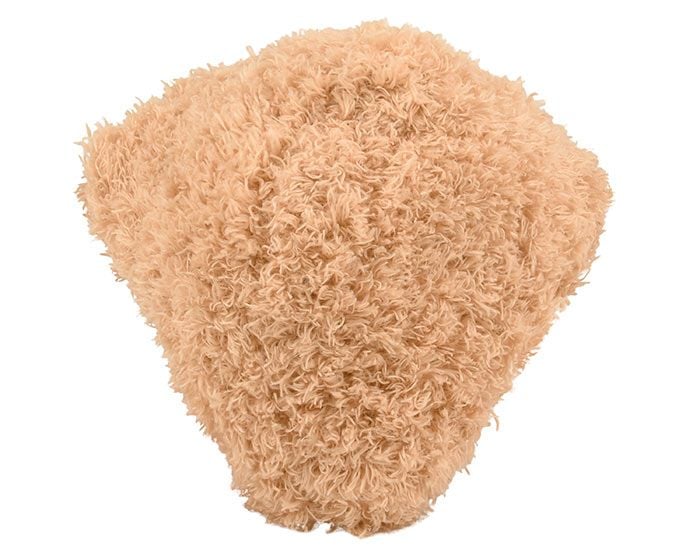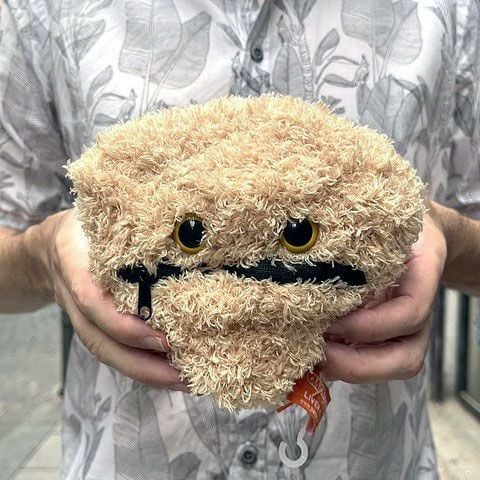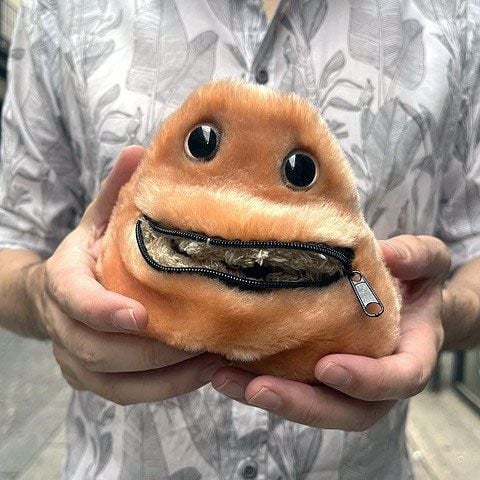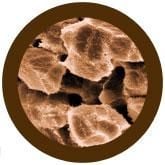Liver Disease (Cirrhosis)
New design! Our Liver Cell can now be cured of hepatitis, cirrhosis or other disease by turning it inside-out into a healthy cell!
Product Details
Additional Information
| Sizes | Giantmicrobes are based on actual microbes, cells, organisms and other critters, only 1,000,000 times actual size! Gigantic (GG) 16-24" XL (XL) 10-15" Original (PD) 5-8" Keychain (KC) 2-4" with clip |
|---|---|
| Materials | Plush from all new materials. Stuffed with polyester fiber fill. Surface washable: sponge with water & soap, air dry. |
| Packaging | Each plush microbe includes a printed card with fun, educational and fascinating facts about the actual microbe or cell. |
| Safety | Every product meets or exceeds U.S. and European standards for safety. For ages 3 and up. |
All about Liver Disease (Cirrhosis)
FACTS: According to the ancient Greeks, the Titan Prometheus stole fire from Zeus and gave it to mankind. Zeus, to punish him, gave Prometheus to a giant eagle which ate his liver, whereupon it regenerated only to be consumed again.
Whether the ancient Greeks knew that the liver can in fact regenerate is a matter of some debate, though the story is certainly suggestive. But indeed, of the major internal organs, the liver is the only one that can do this – from as little as 25% of its mass.
The liver is also the largest internal organ (the skin is regarded as the largest organ overall) and was once thought to be the source of the four personality-governing humors: blood, yellow bile, black bile, and phlegm.
While modern man has determined that blood is actually made in the bones (and that the liver’s impact on personality is more diffuse), the liver is indeed the source of the bile. It also performs hundreds of other important functions, such as protein synthesis, glycogen storage, and hormone production, as well as detoxifying the blood stream. And these are critical tasks. When the liver is compromised by infection or injury, pale stools, dark urine, jaundiced skin, swollen ankles and feet, and frequent bruising can occur. And unless you’re a Titan, liver failure is fatal.
Heracles ultimately rescued Prometheus from the bird. Fortunately, with proper treatment, many liver conditions can be addressed, even without heroic intervention.
| Description | The liver works to make proteins, chemicals, and hormones to help with digestion, metabolism, immunity, and storing nutrients. This is a good gift for medical professionals or students. |
|---|
| Name |
Many things liver related, including Hepatocytes, have the stem hepar/hepat in their names from the Greek: hepar=liver. Types: Hepatocytes/Parenchymal Cells (70-85% by volume): perform most of the liver’s functions. They produce bile, detoxify chemicals, make proteins, store nutrients, and more. Cells perform certain functions based on their compartments in the liver. Non-Parenchymal Cells: • Sinusoidal Endothelial Cells: line the blood vessels in the liver. • Kupffer Cells: help the liver respond to toxins. They eliminate foreign or toxic substances, like pathogens, as well as old red blood cells (hyperlink red blood cell). • Stellate (Ito) Cells: store fat and fat-soluble vitamins like Vitamin A. |
|---|
| Actual Size | Hepatocytes are typically 20-30 microns. This would be 1/10 of the length of a grain of salt if one grain is 0.3mm. |
|---|
| System | Digestive System, Endocrine System, Immune System |
|---|
| History | ~200 A.D.: Galen of Ancient Greece said veins originate and blood is made in the liver. He also recognized that the gall bladder and spleen worked with the liver in bile production. ~1000 A.D.: Iranian physician Avicenna explained criteria for diagnosing the condition of a liver. 1535: Andres de Laguna wrote about the number of lobes in the liver. He stated that the liver was most frequently in 3 lobes, with the next frequent being 4 then 5. |
|---|
| Fascinating Facts |
Polyploidy: About 30-40% of human hepatocytes have a nucleus with multiple sets of chromosomes. Big: The liver is the second largest organ in the body, behind the skin (hyperlink skin cells). It is also the largest gland in the body. Functional: The liver has over 500 functions. In Culture: The Liver Song - a song by Shilelagh Law that is about drinking and how “my liver’s gonna pay.” |
|---|


